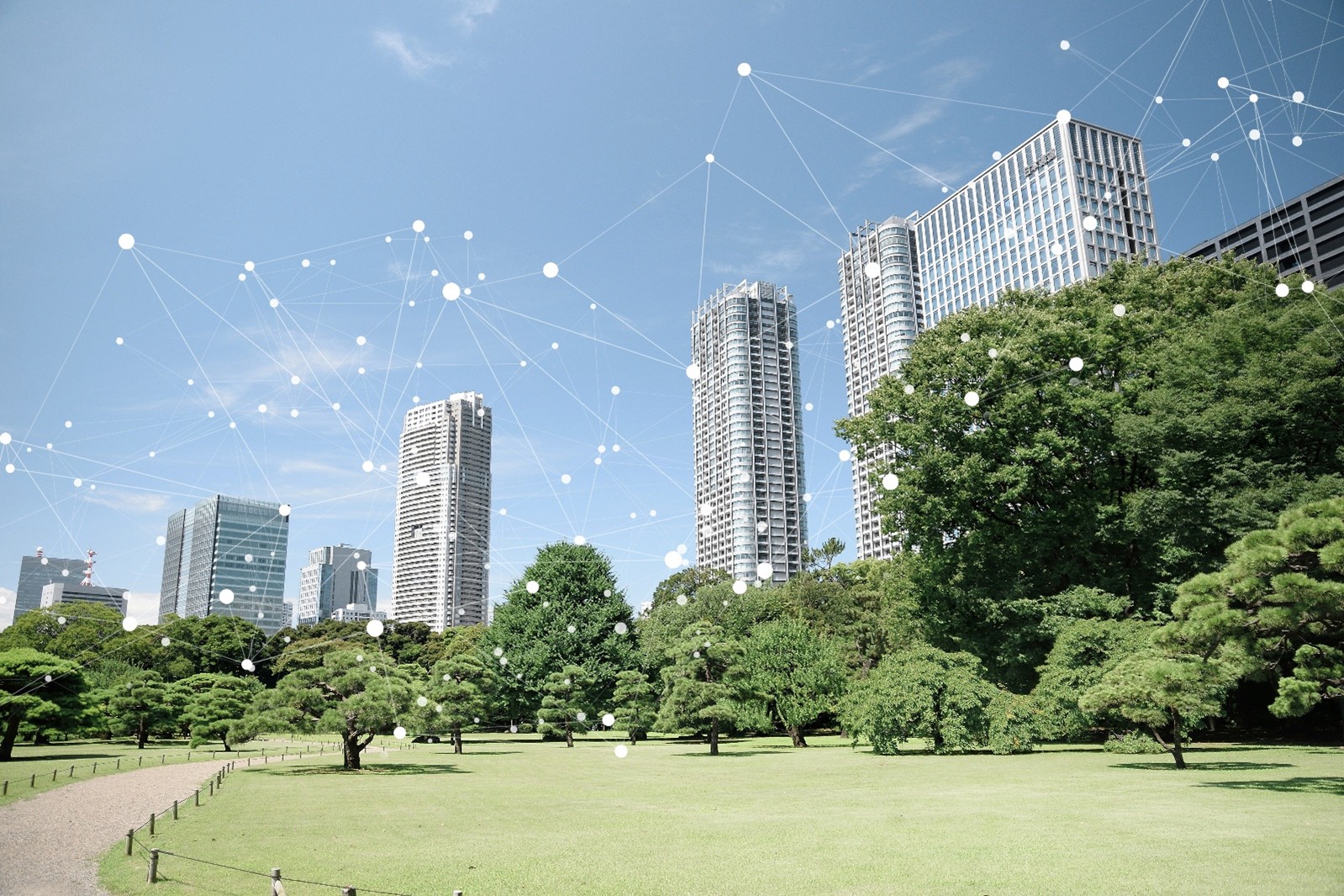

This is a guest blog post from Charles Barratt, Senior Manager Digital Workspace Pursuits EMEA at VMWare.
The world has been hit hard by the recent Covid-19 pandemic.
And due to necessary work and travel restrictions, organizations around the world have had to reimagine the way they do business.
The challenge of maintaining operations and employee safety has led to an explosion of remote working initiatives. Before the outbreak, many of these initiatives were still in their infancy and were only being considered for IT teams or some back-office functions.
And in other organizations, they were simply non-existent.
In the space of just a few weeks, remote working projects have had to be initiated, accelerated, and scaled extraordinarily fast.
Now, what seemed impossible just a few months ago is looking like the new normal. More industries and sectors are realizing that their ideas of what was and wasn’t possible remotely were wrong.
And although the response to this terrible situation has been – by necessity – a kneejerk reaction, many businesses are seeing a new world of possibilities.
So, as someone who has been working in a Remote First culture for many years, in this blog post I will explain what that is, share some of my experiences and address a few of the concerns you may have as you guide your organization through this uncertain time.
What is a ‘Remote First’ mindset?
While we’re all still trying to figure out what this pandemic means for the future, what has become clear is that the system of requiring every employee to come in 9-5, five days a week, is no longer the only option.
However, remote working is nothing new. People all around the world have been remote workers in predominantly office-based organizations for some time now.
And while in recent years technology has made it easier to work this way, it hasn’t been enough to prevent some employees feeling like second-class citizens in their own workplaces.
This is what a Remote First mindset is all about – taking into consideration the cultural changes that need to be made to ensure the wellbeing of all employees, wherever they might be. Understanding that while technology can turn homes into home offices, they remain homes first and foremost.
So, embrace the flexibility that it gives your staff, embrace the background noises and learn to laugh at the odd awkward interruption. Begin to foster a working environment based upon trust and output rather than presenteeism.
Remote First should be the ideal organizations strive for right now. It’s more important than ever that all your staff feel supported, engaged and have a sense of purpose as they face this period of isolation.
So it’s crucial to build a culture that doesn’t rely on proximity to flourish.
How to build a Remote First culture
The cultural changes necessary to make a company Remote First can’t be implemented overnight, but there are some steps that can help get you on the right track.
One of the most important habits to create is engaging employees face-to-face.
Not only does visual contact give your colleagues much-needed human contact, but it allows you to establish their wellbeing and see how they’re coping in ways you simply can’t do over email or messenger apps.
I work with a team that has always been dispersed across Europe, so I make sure I regularly have one-on-one video chats with everyone as often as I can.
In our quarterly one-on-ones, we look at what was accomplished in the previous quarter, consider what can be improved upon, and define the goals of the next quarter.
The importance of this is to ensure there’s a sense of continuity in purpose and output in order to ensure a positive mental state. People like to have purpose – they like to be part of something that fosters a team mentality.
Don’t assume your employees are working 9-5 because a lot of the time, they won’t need to. Instead, I focus on ensuring the actions we discussed are completed so wherever they are in the world, they know they what’s expected of them and still feel like they have a purpose within the organization.
These are the kinds of shifts that happen once a job becomes an activity – not a location.
It’s also important to engage workers as individuals and create safe environments for them to interact with their larger team. For example, we have a dedicated weekly virtual meeting called the ‘vHappy Hour’ for everyone to talk about non-work-related topics.
It’s a time for them to vent, talk about things that interest them, discuss their personal challenges or just share which series they’ve been binging.
No one is ever judged – this is a total, off-the-record conversation between friends (not colleagues) in a safe environment.
Just like going to the pub, only virtually.
A Remote First mindset fundamentally comes down to treating your colleagues and employees the way you would want to be treated.
The role of tech in Remote First workplaces
When it comes to technology, Remote First needs to be the first pillar of change, promptly followed by new security models and great employee experiences.
Technology like virtual desktop infrastructure (VDI), desktop-as-a-service and secure virtual networks are enabling seamless user experiences, allowing teams to collaborate remotely in ways they hadn’t explored before.
If you can get those two aspects right – security and user experience – it will greatly impact your chances of developing an agile, Remote First business model long-term.
But for the moment, leaders should focus on enablement, making sure their employees understand the fundamentals of this new paradigm.
Basics like how to set up a virtual meeting and how to collaborate virtually shouldn’t be overlooked. Because a big aspect of this challenge is simply ensuring your employees feel comfortable.
Planning for an uncertain future
I personally love how quickly the world has reacted to the predicament we’re in, banding together to solve problems.
My hope is that the level of work flexibility many employees are experiencing for the first time becomes their new normal.
To do that, we’ll need to appreciate and develop the learnings from these months so that when this is all over, organizations are a lot more flexible than before.
But most importantly, businesses must not exploit this situation. This is a difficult time for your employees and customers alike, so this is the time to move closer to them and better understand and provide for their needs.
Because business will always be about people. And as long as you’re doing everything you can to show empathy and understanding for those you deal with, you will make it through this.
Get in touch for help understanding the technological and cultural changes your company needs to make during this time.












